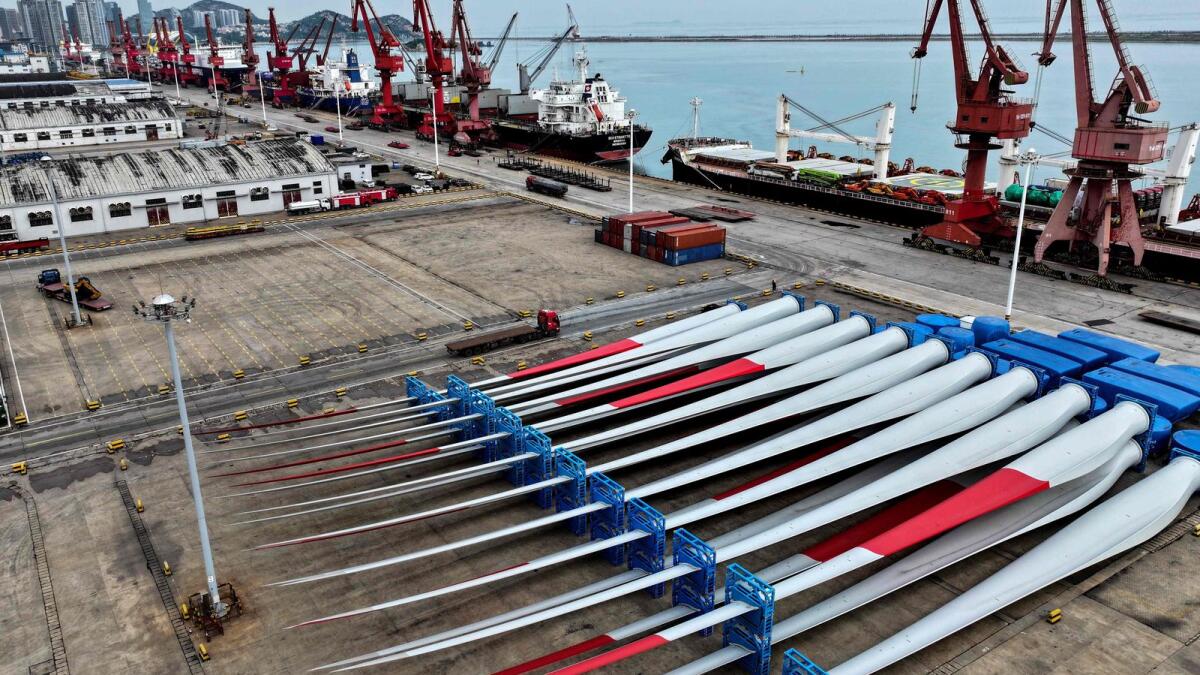China is leading the world in building wind and solar energy capacity, with almost twice as much capacity under construction as every other country combined. The country, as the largest emitter of greenhouse gases, has committed to peak carbon emissions by 2030 and achieve net zero by 2060. Recent extreme weather events in China have been linked to climate change and have prompted the nation to ramp up its renewable energy efforts. China currently has 339 gigawatts of capacity under construction, outpacing the rest of the world significantly.
The Global Energy Monitor study revealed that China’s wind and solar capacity far surpasses that of any other country, with 159 GW of wind and 180 GW of solar under construction. In comparison, the United States is building just 40 GW. China has already broken ground on a third of the new capacity announced, showcasing its active commitment to renewable energy projects. The fast-paced construction rates underscore China’s dedication to building a sustainable future fueled by renewables.
While China’s renewable energy buildout is impressive, it does face challenges such as relying on coal plants during power surges and transmitting renewable energy from remote regions to high-demand areas. Despite these obstacles, the country’s wind and solar capacity is expected to surpass coal this year. The rapid expansion of renewables raises hopes that China’s carbon emissions will peak sooner than expected, contributing to global efforts to combat climate change.
In a separate report, the Centre for Research on Energy and Clean Air noted that China did not issue any new permits for coal-based steelmaking projects in the first half of 2024, marking a significant development since the announcement of China’s dual carbon goals in 2020. This halt in coal-based projects signals a potential shift towards cleaner production methods and a reduction in emissions in the coming years. Researchers believe that as China’s steel demand peaks and more scrap becomes available, there is an opportunity to move away from coal-based production.
Extreme weather events in China have been attributed to global warming, with severe heatwaves and heavy rains affecting different parts of the country. The country’s weather agency predicts continued high temperatures due to climate change, while heavy rainfall has led to deadly floods and landslides. The increased frequency and intensity of these events highlight the urgent need for nations to accelerate their transition to renewable energy sources and reduce carbon emissions to mitigate the impacts of climate change.





















